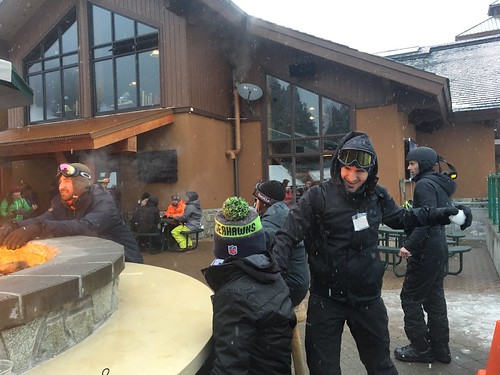Next, we analyzed the effects of FRLFE on the expression of the iNOS gene in hepatocytes. The induction of NO manufacturing and iNOS expression in IL-1b-treated hepatocytes mimics an inflammatory response and liver injury [16,seventeen]. Because FRLFE suppressed the NO generation in IL-1b-dealt with hepatocytes, FRLFE is predicted to suppress the iNOS gene expression. As shown in Fig. 2A, FRLFE markedly diminished the IL-1b-induced. When IL-1b elevated nitric oxide (NO) in the medium, the NO level in the presence of IL-1b was set to 100%, while the NO amount in the absence of IL-1b was established to %. MEDChem Express Calcitonin (salmon) Gallic acid was utilized as a good handle to keep an eye on the suppression of IL-1b-indcuced NO creation. IC50, half-maximal (50%) inhibitory concentration of NO production in IL-1b-taken care of hepatocytes. NA, not used since 50% suppression of NO production was not observed. ND, not determined because NO stages improved.
NO generation in a time-dependent method. Western blot analyses indicated that FRLFE dose-dependently diminished iNOS protein expression in the hepatocytes (Fig. 1B). RT-PCR analyses uncovered that FRLFE markedly diminished the IL-1b-induced iNOS mRNA expression (Fig. 2B). These results imply that FRLFE suppressed the induction of iNOS gene expression at the transcriptional amount. Moreover, strand-distinct RT-PCR  confirmed that FRLFE prominently reduced the levels of iNOS asRNA (Fig. 2B). The iNOS asRNA interacts with and stabilizes the iNOS mRNA [seventeen,26]. Simply because the reduction of the iNOS asRNA levels sales opportunities to reduced iNOS mRNA balance, these results imply that FRLFE may possibly also control the mRNA levels of iNOS at a posttranscriptional stage.
confirmed that FRLFE prominently reduced the levels of iNOS asRNA (Fig. 2B). The iNOS asRNA interacts with and stabilizes the iNOS mRNA [seventeen,26]. Simply because the reduction of the iNOS asRNA levels sales opportunities to reduced iNOS mRNA balance, these results imply that FRLFE may possibly also control the mRNA levels of iNOS at a posttranscriptional stage.
NF-kB expression, nuclear extracts ended up prepared from IL-1btreated hepatocytes. FRLFE was extra to the reaction combination that provided the IL-1b-handled nuclea22493268r extract and analyzed using an EMSA (Fig. 3C). The results unveiled that band signals of DNA-bound NF-kB did not modify in the presence of FRLFE, suggesting that FRLFE did not immediately inhibit the binding of NFkB to its binding web site. Collectively, FRLFE may possibly inhibit the translocation of NF-kB into the nucleus.
As revealed in Fig. 3D, FRLFE markedly decreased the phosphorylation of IkB-a adhering to stimulation with IL-1b for fifty five min (lanes six,8,ten), while FRLFE a bit increased the IkB-a amounts. These knowledge point out that FRLFE could inhibit the transcription of the iNOS gene by decreasing IkB-a phosphorylation, therefore reducing the ranges of nuclear NF-kB. We additional measured the mRNA levels of the NF-kB subunits (p65 and p50) that activate the iNOS gene [25,39]. As demonstrated in Fig. four and Desk 4, RT-PCR indicated that FRLFE markedly decreased IL-1b induction of each p65 and p50 mRNAs. These outcomes propose that FRLFE reduced not only the nuclear NF-kB stages but also the mRNA amounts of its subunits.
